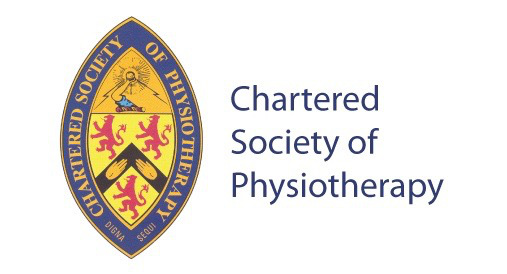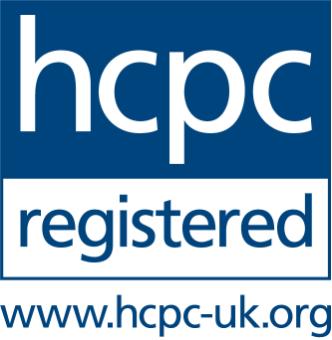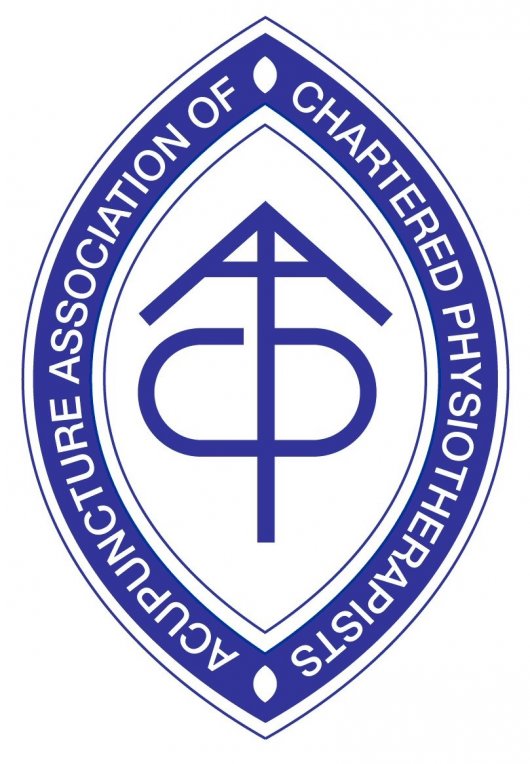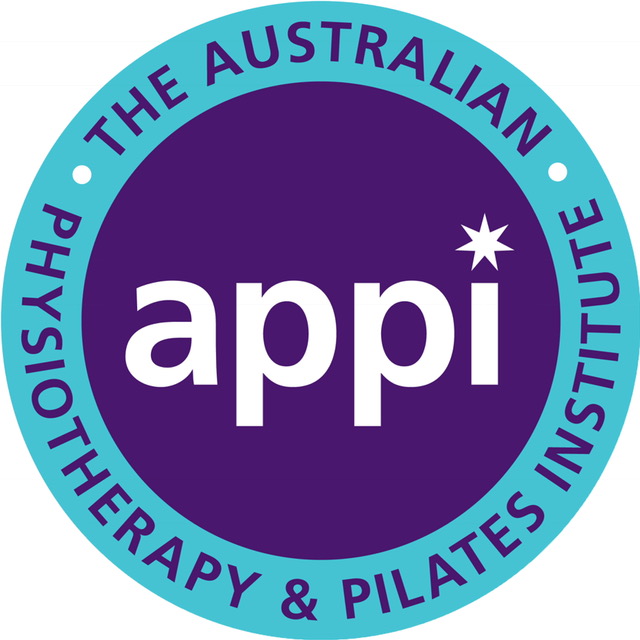Delayed Onset Muscle Soreness (DOMS)
Delayed Onset Muscle Soreness (DOMS)
What causes DOMS? Can it be prevented and what can you do to help?
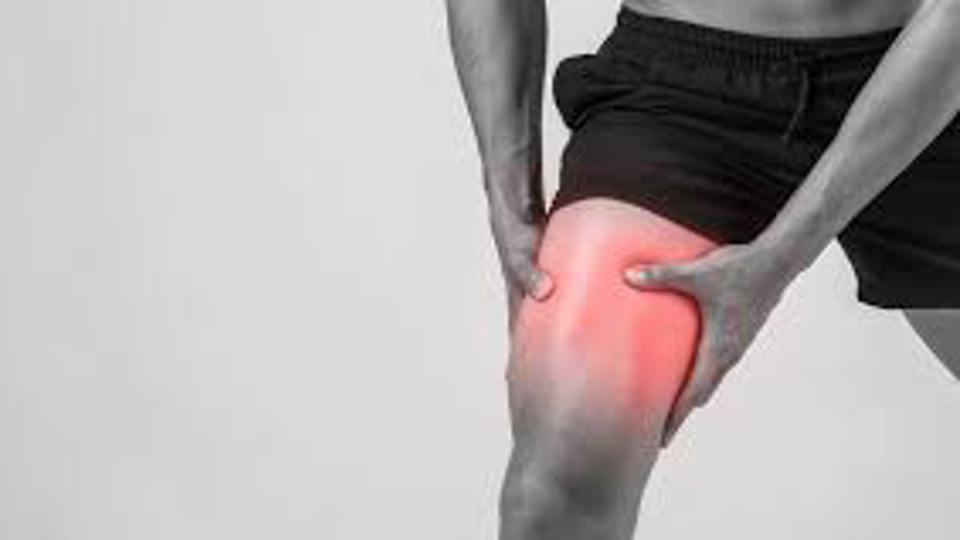
What Is DOMS?
Delayed onset muscle soreness (DOMS) is a sensation of discomfort that occurs usually 1 to 2 days after exercise but can last for a longer duration. The soreness is initially reported to be at the muscle/tendon junction but then will spread throughout the muscle. People may experience a dull, aching pain combined with tenderness and stiffness. DOMS can also cause loss of strength and a reduction in range of motion. This has been known to affect a person’s everyday lifestyle and cause slight discomfort, however, there’s no need to worry as it’s completely normal and a common side effect of exercise.
What Causes DOMS?
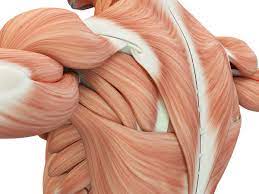
Not lactic acid!Most lactic acid has been removed from muscles within 2 hours of exercise and all of it within 24 hours. Lactic acid is a normal by product of anaerobic respiration i.e. when your muscles work without enough oxygen. It’s not as efficient as normal respiration but it gets the job done when you’re tired.
That’s not to say this process doesn’t have any effect on DOMS. It’s just not the lactic acid that causes the pain. A more widely held theory is that it is micro-trauma to the muscle fibres that causes the pain. If you want to get technical it’s thought to be temporary damage to the z-lines within the actin and myosin. These are the molecules that makes the muscles fibres contract.
Should You Be Concerned About DOMS?
The short answer is no. It is important to listen to your body and differentiate DOMS from other forms of muscle pain, such as a tear. DOMS is generally more dull and defuse and although annoying doesn't cause high levels of pain.
DOMS will reduce range of movement and shock absorption and in some cases reduce performance temporarily.
DOMS often occurs after a change or increase in exercise routine, a harder effort or returning to exercise after a break in training. If your DOMS persist for more than 4-5 days or you experience DOMS without training hard, then it might be time to reconsider and speak to a health professional about this.
Can It Be Prevented?
You may always experience DOMS on occasion but you can take some steps to help reduce the frequency and severity.
- Build up your training gradually.
- Have rest days and spread out your harder or more intense training sessions throughout the week.
- Stay Hydrated.
- Get enough sleep to help your body recover.
- Think about your post exercise nutrition, protein post exercise can assist with muscle recovery.
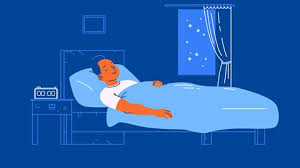
What Can Help?
There are a few things you can do to help with DOMS when you do experience it. Normally the symptoms will resolve with 3-5 days and gradually improve over that time.
- Gentle exercise. Consider walking regularly, doing some body weight exercises or a very easy jog
- Heat. A hot bath can often help relieve muscle stiffness and soreness
- Sports Massage. This can help improve circulation and remove waste products from the muscles
If you have any questions about DOMS please do not hesitate to get in touch. We can also help with our sports massage service and assist you in creating an exercise program to reduce to changes of experiencing DOMS.
Contact us here. Thanks for reading.
